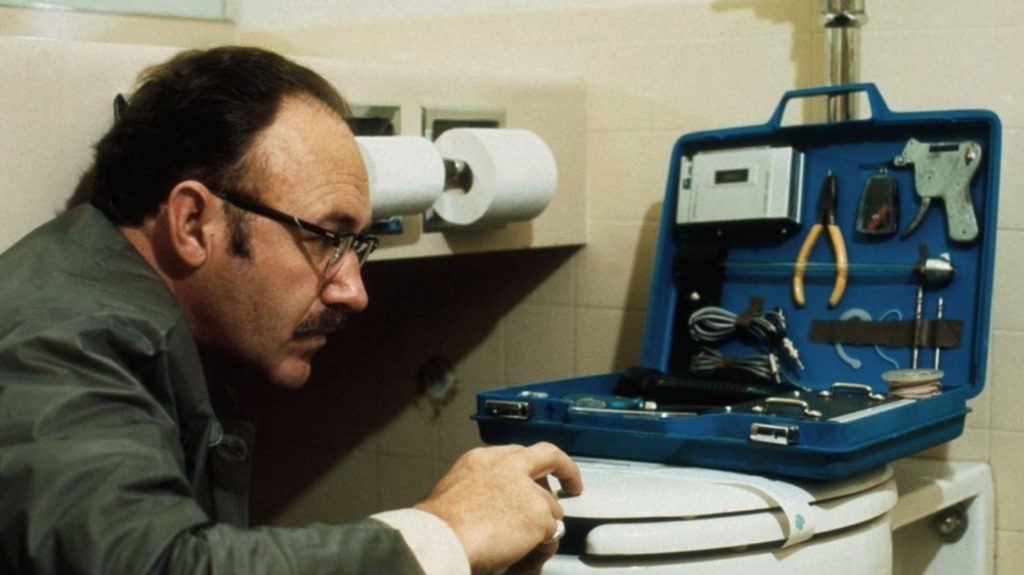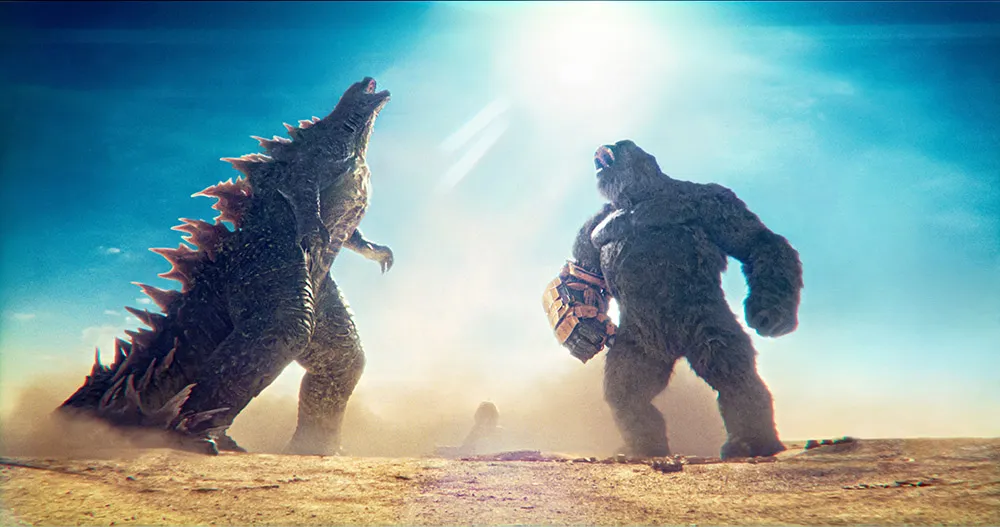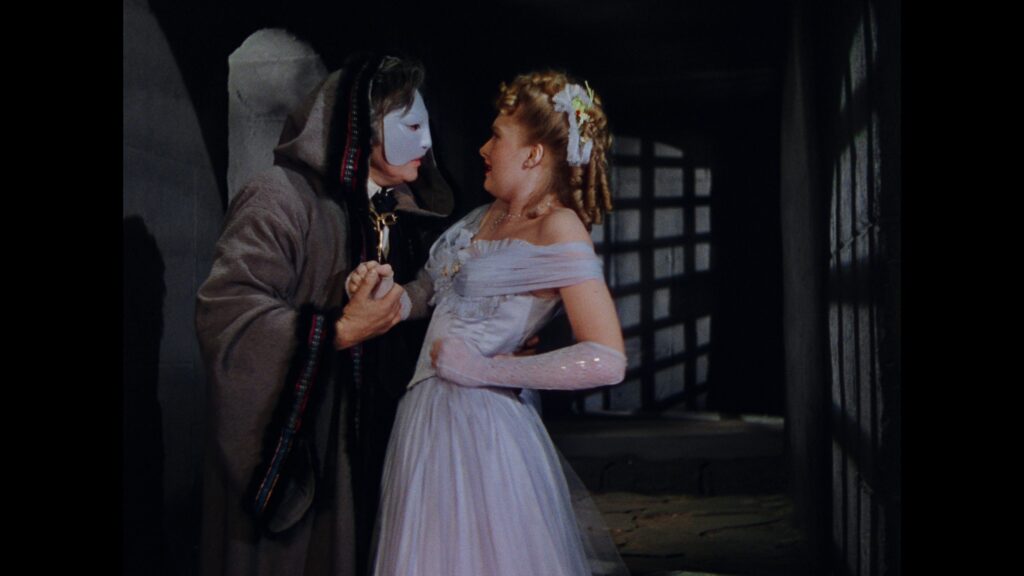“The Mummy” (1932): Delving into Ancient Shadows and Modern Obsessions – Review

In the annals of Universal’s horror lineup, “The Mummy” occupies a unique and revered place. Directed by Karl Freund, this 1932 masterpiece is a haunting exploration of love transcending time, wrapped in the linen bandages of horror and mystique. Unlike the relentless visceral dread of movies like “Frankenstein” or “Dracula,” “The Mummy” leans into a more atmospheric, psychological horror, resonating with an eerie echo that speaks of forbidden love, reincarnation, and the terrible price of immortality.
The Cinematic Palette:
One of the film’s most striking features is its visual presentation. Freund, leveraging his experience as a cinematographer, crafts a visual tale steeped in shadows and mood. The opening sequence, where the mummy is unintentionally revived, stands as a testament to the power of cinematic restraint. The subtle, creeping horror as the mummy’s hand emerges to claim the scroll, juxtaposed with the subsequent madness of a laughing archaeologist, sets the tone for the film: this is horror of the soul, of realizations too terrible to comprehend.
Boris Karloff – The Beating (Undead) Heart:
The casting of Boris Karloff as Imhotep/Ardath Bey, the mummy, is nothing short of inspired. Fresh off his groundbreaking role as the monster in “Frankenstein,” Karloff transforms into a creature of tragic horror. The painstaking makeup process, orchestrated by the masterful Jack Pierce, transformed Karloff into the millennia-old mummy. Reports from the set indicate that Karloff would sit for hours as layers of cotton and collodion were applied to his skin to create the illusion of aged, desiccated flesh. The result is an appearance that is simultaneously horrifying and pitiable.
But it’s not just the makeup; Karloff’s performance is nuanced, reflecting the pain of an eternal life and the burning desire to reunite with a lost love. His deep-set, expressive eyes convey a myriad of emotions, from anger and sadness to longing and hope.
The Love That Defies Time:
The narrative backbone of “The Mummy” is a love story. It is the tale of Imhotep, punished and mummified alive for attempting to resurrect his beloved princess. Rediscovered millennia later, he is relentless in his quest to reunite with his love, believing her to be reincarnated in the form of Helen Grosvenor, played by Zita Johann. This theme of timeless love gives the film a poignant edge, setting it apart from other horror offerings of the time. The romantic undercurrents, punctuated by moments of existential horror, make for a compelling watch.
Behind the Sands of Production:
“The Mummy” was, in part, inspired by the global fascination with ancient Egypt following the discovery of King Tutankhamun’s tomb in 1922. The film’s script, written by John L. Balderston, draws from this Egyptomania, blending authentic Egyptian lore with fictionalized elements. The set design, particularly the artifacts and hieroglyphics, were crafted with a keen eye for detail, aiming to immerse the audience in the world of ancient Egypt.
Moreover, the film subtly touches upon themes of colonialism and cultural appropriation. The British archaeologists, with their casual approach to ancient relics and rituals, provide a commentary on the West’s often cavalier attitude toward non-Western cultures during this era.
A Timeless Resonance:
“The Mummy” doesn’t just terrify; it captivates and ensnares the viewer in its narrative web. While the scares are more psychological than visceral, they linger, prompting introspection. The movie challenges us to consider the lengths to which we might go for love, the price of immortality, and the ramifications of tampering with forces beyond our understanding. As Ardath Bey’s haunting gaze follows Helen, as ancient chants echo through modern corridors, “The Mummy” reminds us of the enduring power of love and the equally enduring allure of the unknown. It is a cinematic gem that, much like its titular character, refuses to be consigned to the annals of time.




